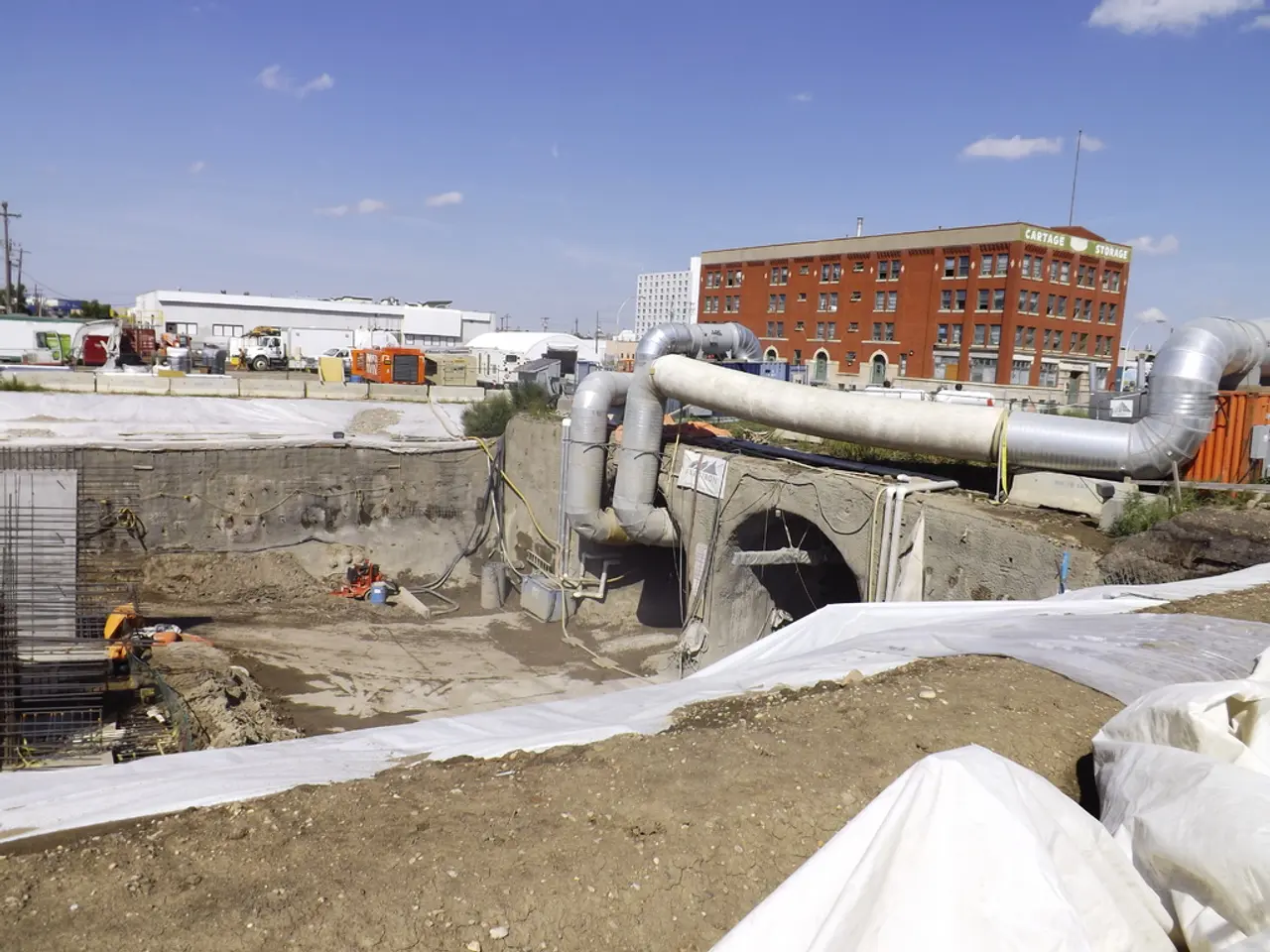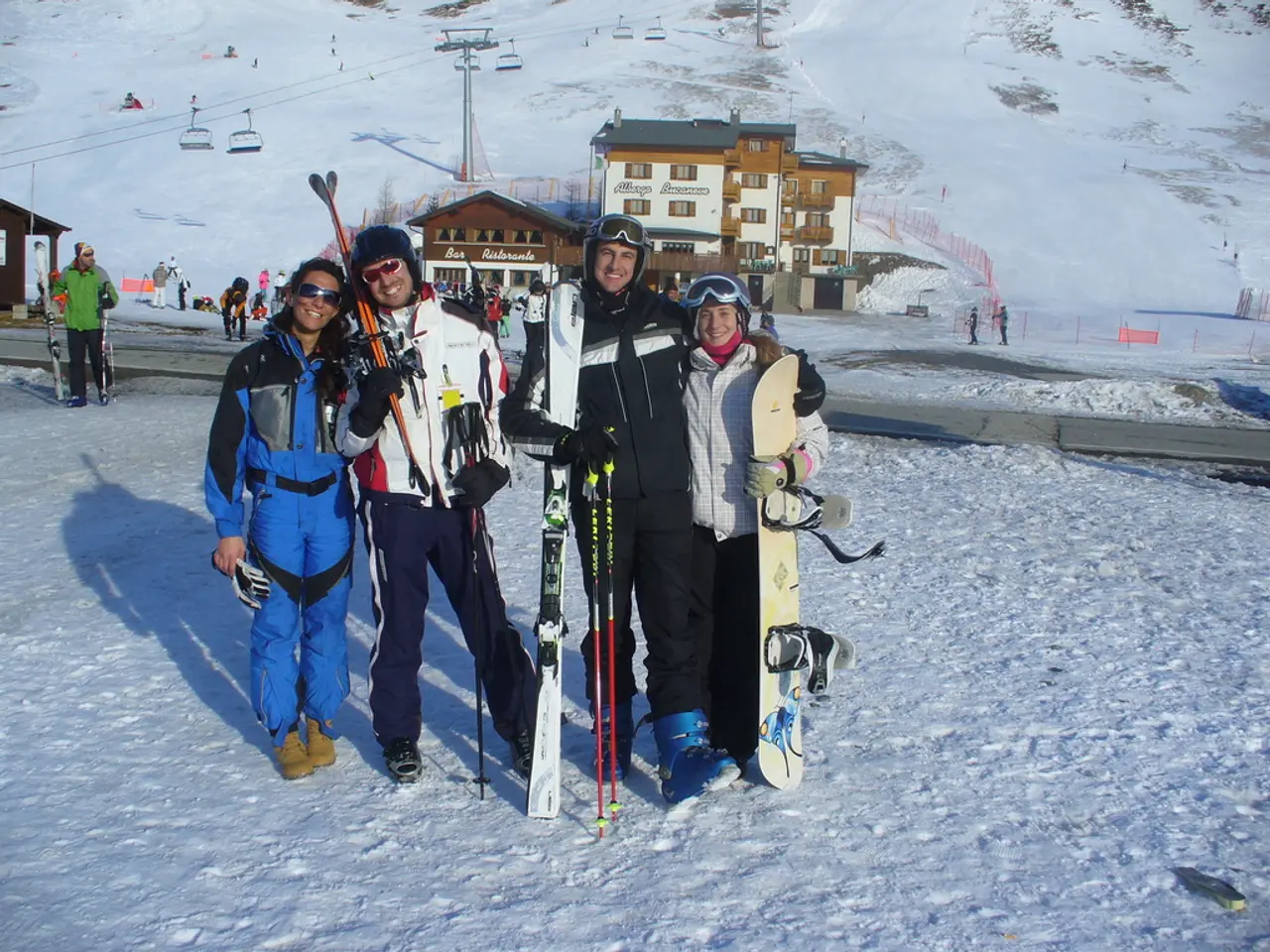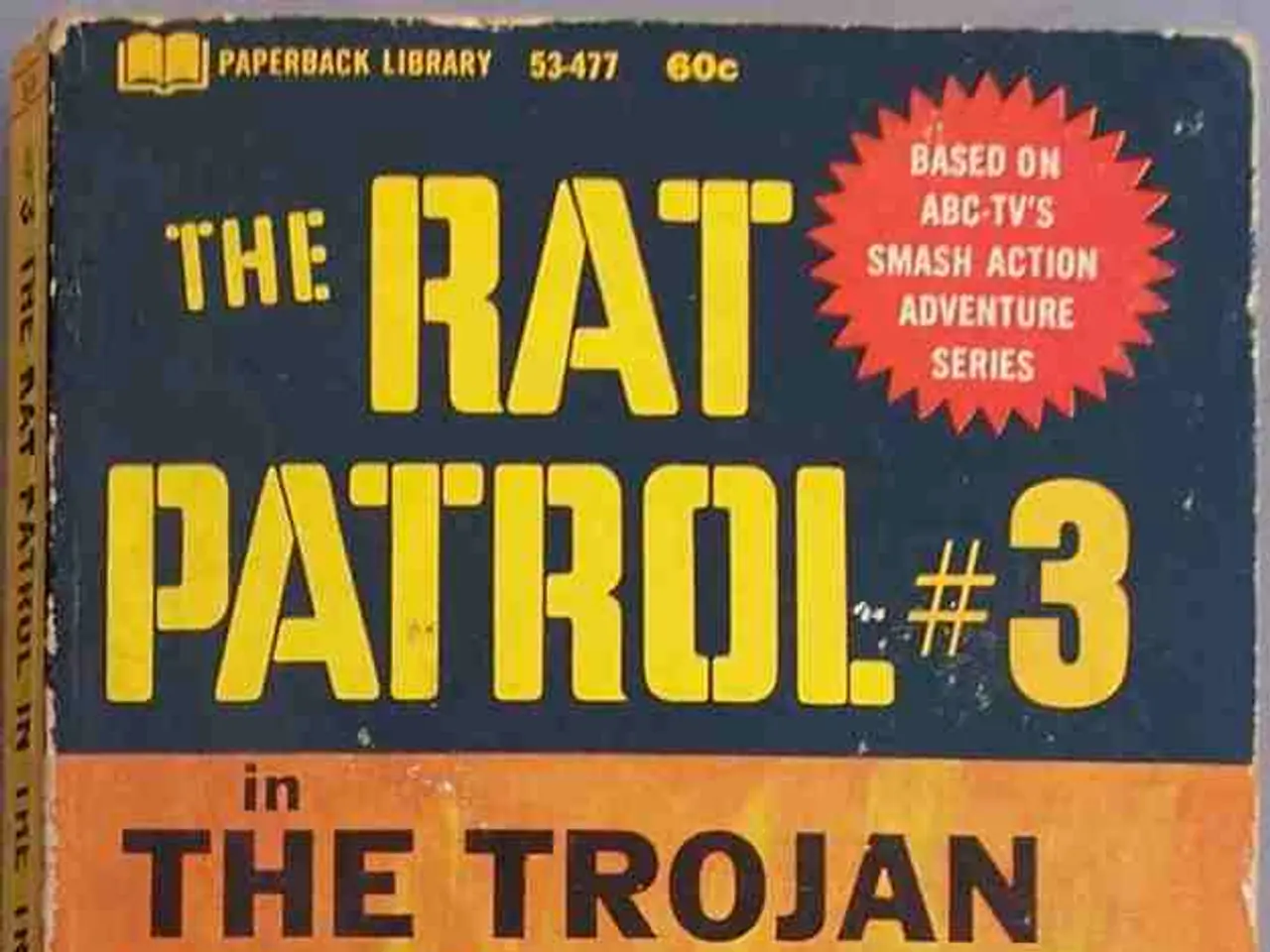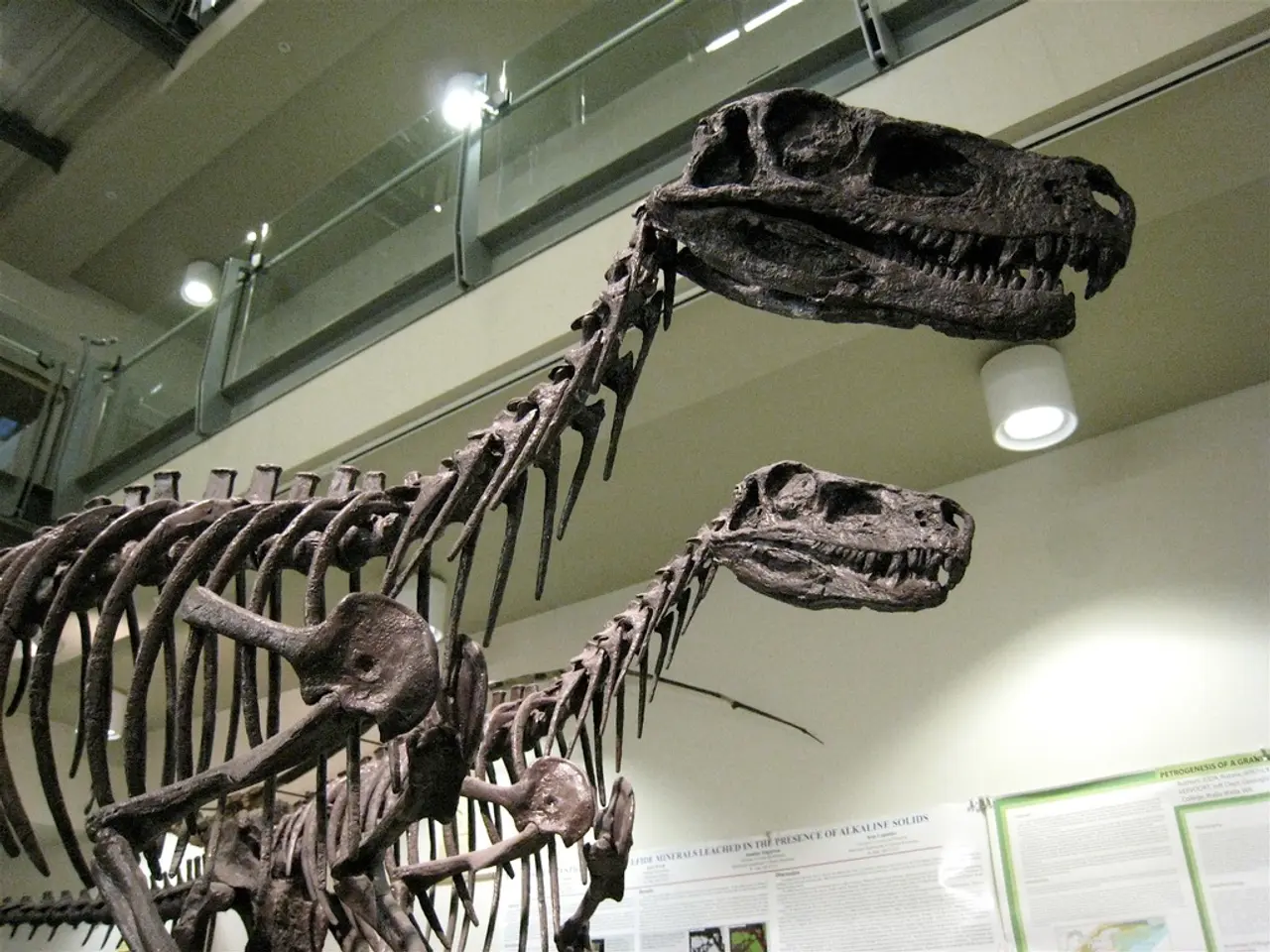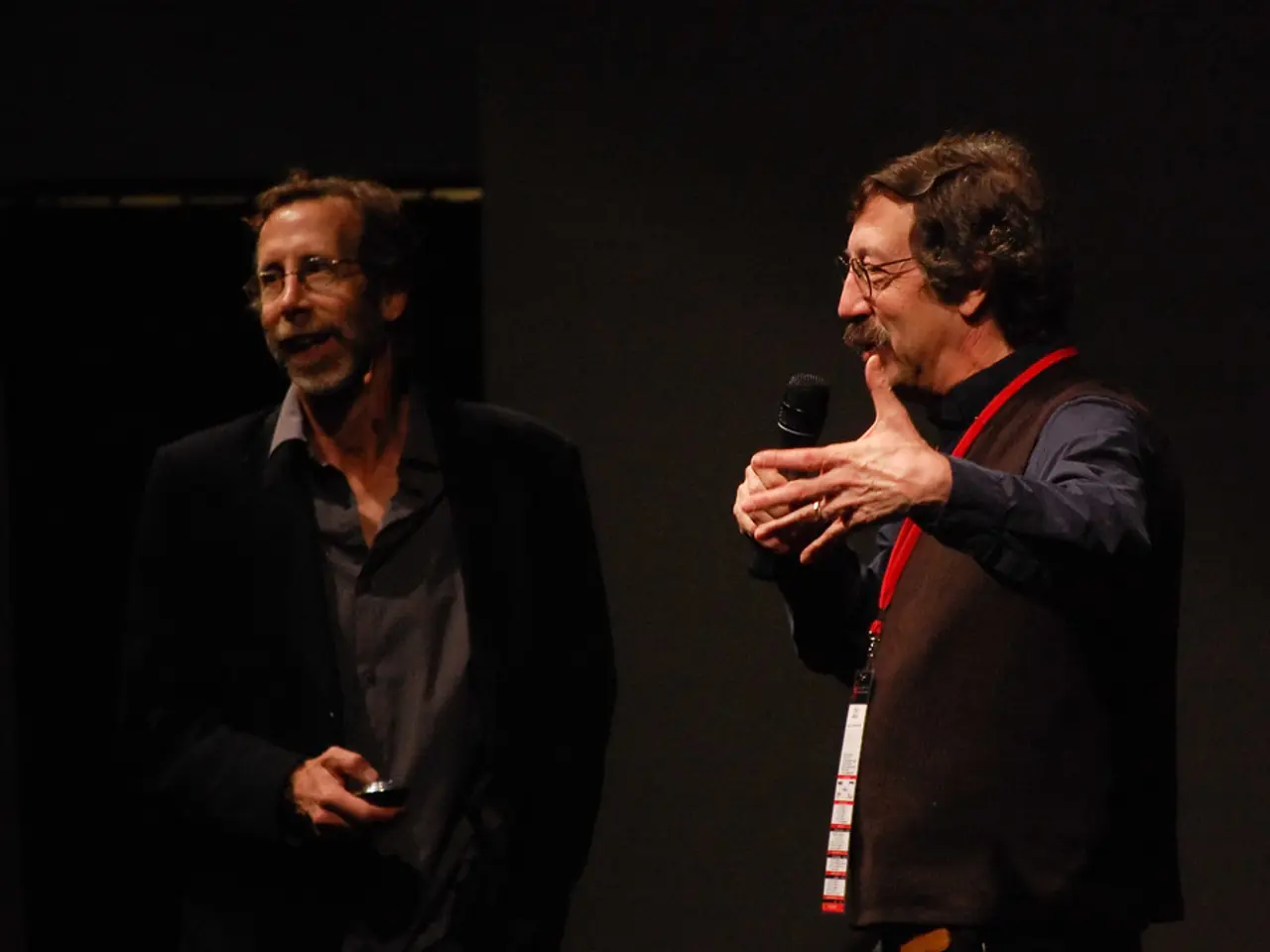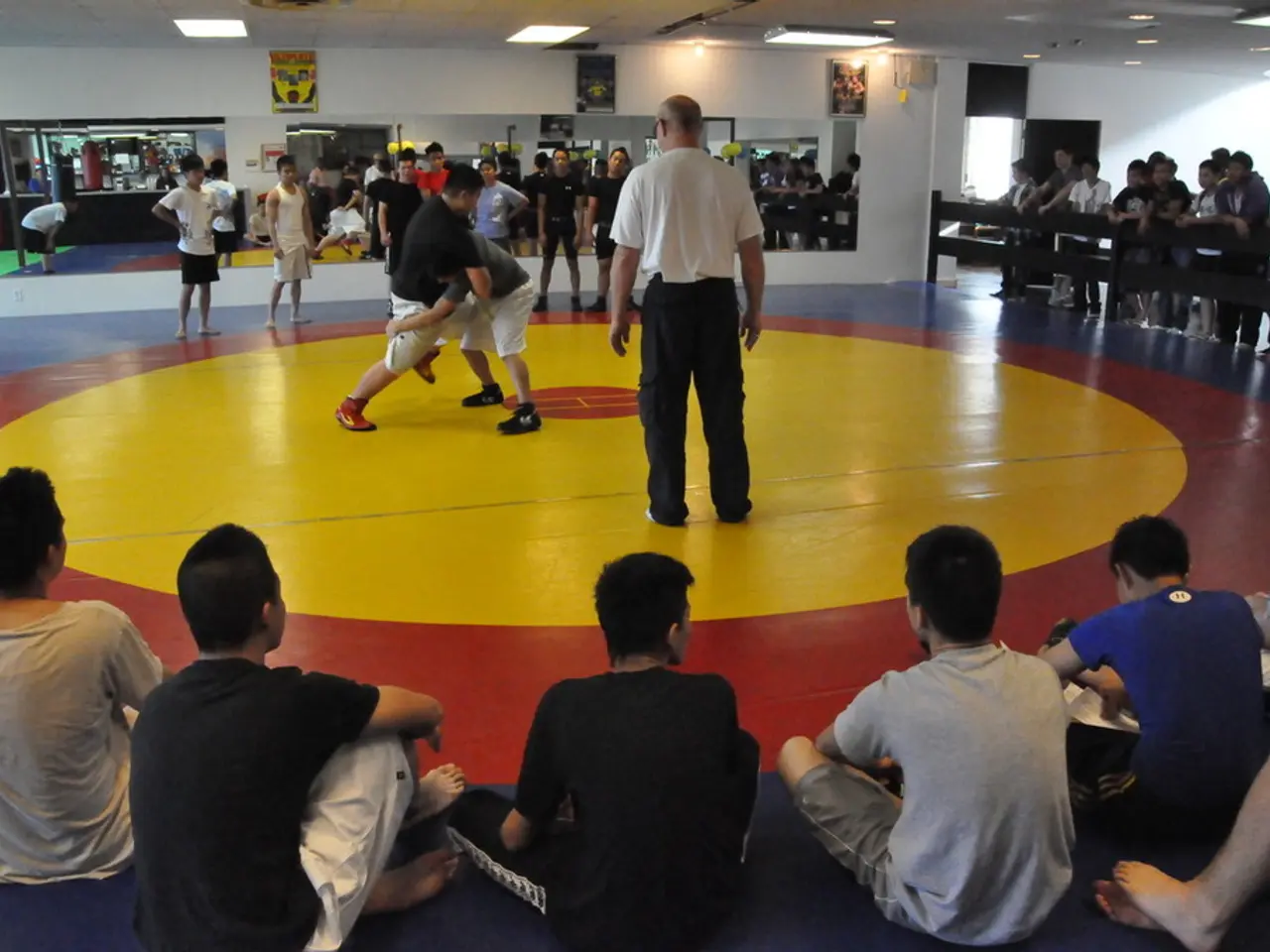Russian aggression results in tragic loss of life, claiming 7 lives
The conflict in Ukraine, which began in 2014 with Russia's annexation of Crimea and the outbreak of fighting in the Donbas region, has evolved into a complex international crisis. Here's a timeline of significant events, focusing on the major escalation with the Russian invasion in 2022 and developments up to 2025.
2014: The conflict starts with Russia's annexation of Crimea and fighting in the Donbas region.
Late 2021: Russia amasses troops near Ukraine's borders and issues demands including that Ukraine never joins NATO.
February 24, 2022: Russia launches a full-scale invasion of Ukraine, marking the largest war in Europe since WWII. The invasion progresses from multiple fronts, causing intense fighting and hundreds of thousands of military casualties and tens of thousands of civilian deaths. By April 2023, approximately 8 million people were internally displaced, and another 8.2 million fled Ukraine, creating Europe's largest refugee crisis since WWII. Russia occupies about 20% of Ukrainian territory as of 2025.
2022-2023: The conflict continues, with heavy losses among senior Russian officers, such as the first Russian Lieutenant General Oleg Tsokov and Major General Vladimir Zavadsky.
November 2024: Major General Pavlo Klimenko, a commander presumably linked with conflict operations, also dies, further highlighting ongoing intense fighting.
2024-2025: During the U.S. presidential election, the Trump campaign proposes a plan to end the war that includes a ceasefire on current front lines and peace talks. Upon taking office in January 2025, Trump warns of high tariffs and sanctions on Russia if it does not seek a deal with Ukraine. He supports peace talks but critics, including Ukraine’s president Zelensky, view Trump’s stance as potentially favoring Russia.
Mid 2025: Ukraine imposes sanctions on entities, including some Chinese nationals accused of supporting Russia’s defense industry. China criticizes these sanctions and urges Ukraine to reverse them.
Meanwhile, the production capacity of the Shahed/Geran-2 drones, used extensively by Russia in the conflict, is being targeted at 6,000 units per month. Russia is reportedly preparing to intensify its drone warfare, aiming to produce as many as 40,000 Shahed/Geran-2 combat drones this year.
The Kremlin is already increasingly deploying drone swarms to overwhelm Ukrainian air defense systems and conduct low-cost attacks across wide areas of Ukraine. This tactic has resulted in civilian casualties, with at least seven civilians killed and 18 others injured in Russian attacks over the past day in various regions, including Saporischschja, Kherson, and Donetsk.
Ukrainian President Volodymyr Zelensky has condemned these attacks, stating that Russia is hunting civilians across the entire front line. Ukrainian defenders have repelled numerous Russian army attacks in various regions, including the Pokrovsk region and North Sloboschansk.
In a diplomatic development, U.S. President Donald Trump has announced that special envoy Steve Witkoff may travel to Russia on Wednesday or Thursday. The Russian and Chinese navies are conducting joint artillery and anti-submarine warfare exercises in the Sea of Japan.
Ukraine and Russia are currently organising an exchange of 1,200 prisoners of war each, a move that was originally agreed upon during the third round of peace talks in Istanbul on July 23. Despite these developments, the situation remains tense, with 183 encounters between Ukrainian and Russian forces reported in the past 24 hours.
- The conflict in Ukraine, which began in 2014 and has since escalated into a full-scale war, has led to the implementation of stringent community policies, such as those regarding displaced persons and refugees, and employment policies, including measures to mitigate the impact of the war on Ukraine's labor force.
- While international politics and general news have been dominated by the crisis in Ukraine, the issue of war-and-conflicts extends beyond Ukraine, with its impact on global politics, employment policies, and communities being a matter of ongoing discussion and concern.

